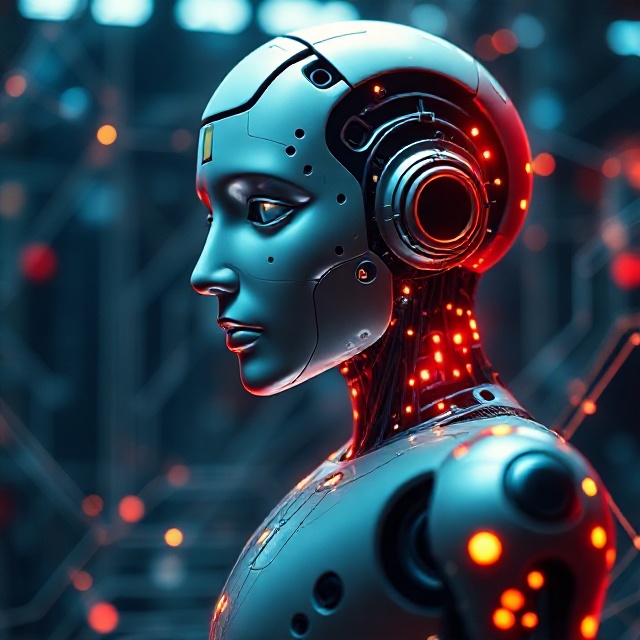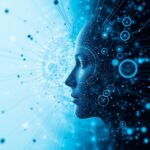The future arrived quietly, disguised as productivity software and chatbots. By August 2025, the transformation that economists had predicted for decades was no longer theoretical—it was mathematical reality carved in daily job statistics. Every morning, 491 people wake up to discover their roles have been absorbed by algorithms. This isn’t speculation. This isn’t a thought experiment. This is the documented acceleration of the most profound economic transformation since the Industrial Revolution.papers.ssrn+1
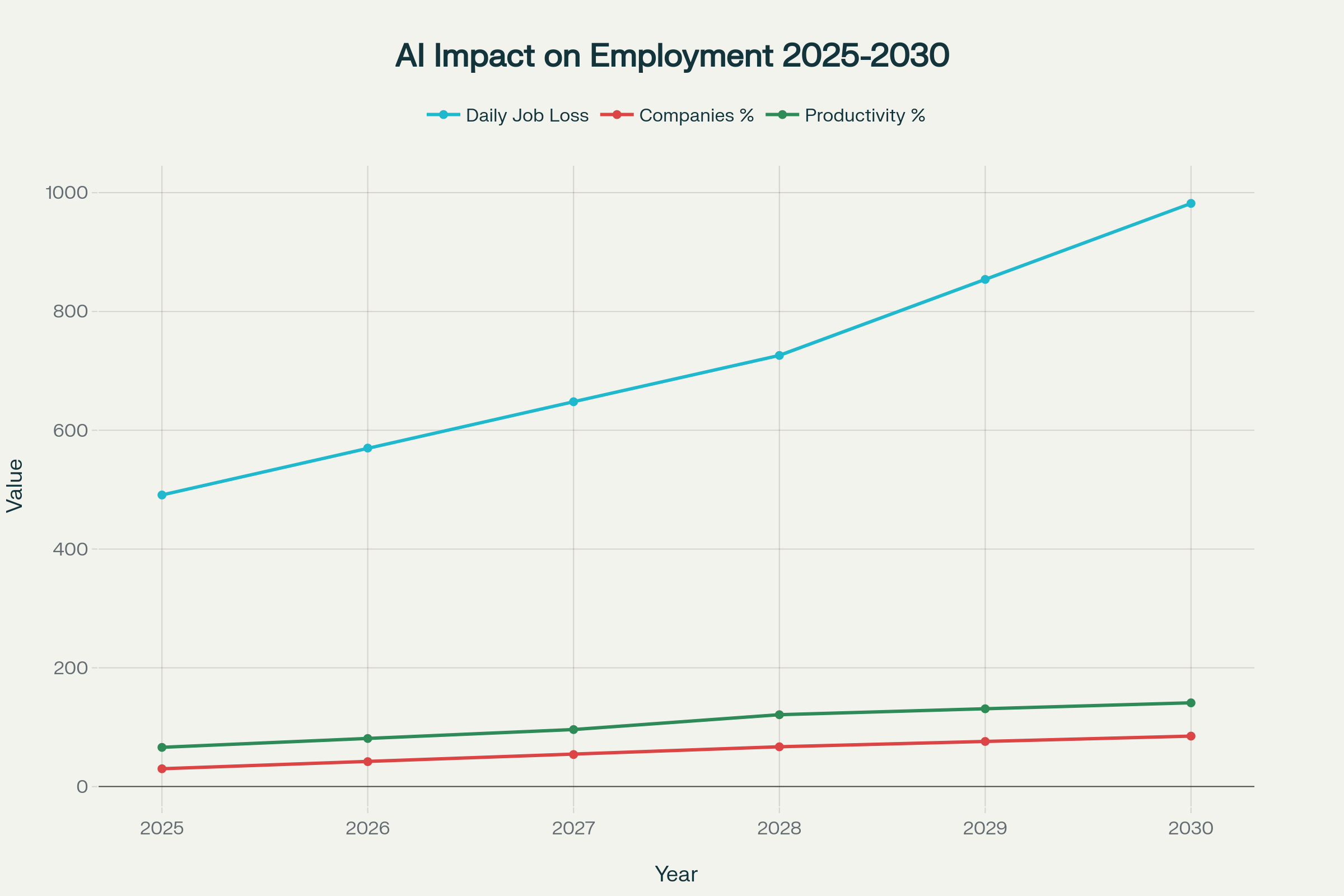
The Acceleration of AI-Driven Workplace Transformation: Projected job displacement, corporate adoption, and productivity gains from 2025-2030
The Current Battlefield: August 2025 Reality
The data streams tell a story more dramatic than any dystopian fiction. Goldman Sachs has quietly deployed its GS AI Assistant across all divisions, eliminating the need for armies of junior analysts who once spent 80-hour weeks building financial models. What took a six-person team two weeks to complete—drafting an IPO prospectus—now requires 95% less human involvement. The remaining 5% has become a premium skill commanding enormous wages, while the 95% has simply vanished.axios+2
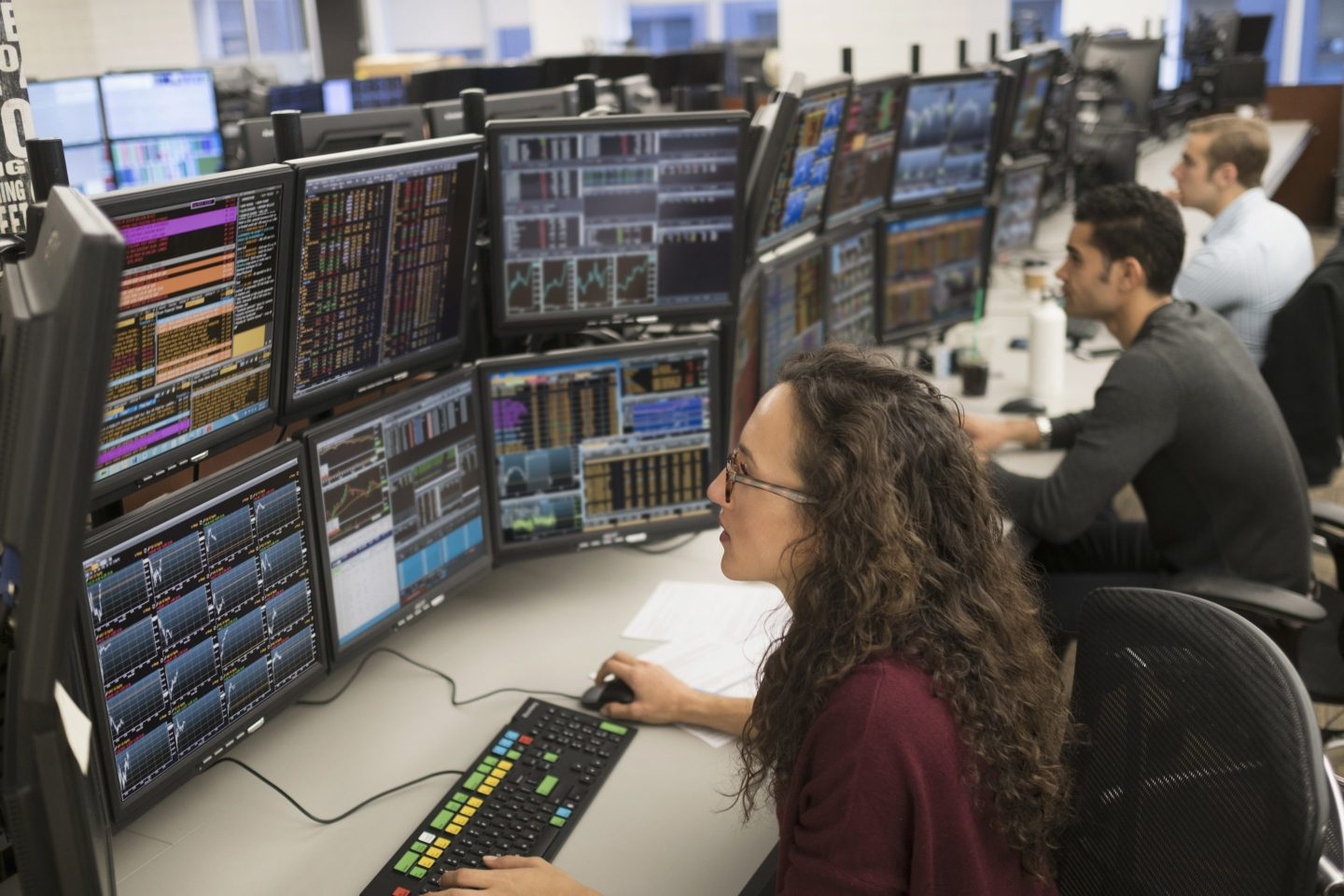
Customer service represents ground zero for this transformation. 80% automation rates have already been achieved across major corporations, with AI systems handling 300 customer interactions daily with minimal human oversight. Companies like Klarna have replaced entire customer service departments with AI chatbots that manage refunds, answer queries, and resolve complaints with superhuman efficiency. The Helsinki municipal government’s AI assistant processes hundreds of citizen requests daily, operating 24/7 without breaks, sick days, or salary negotiations.finalroundai+1
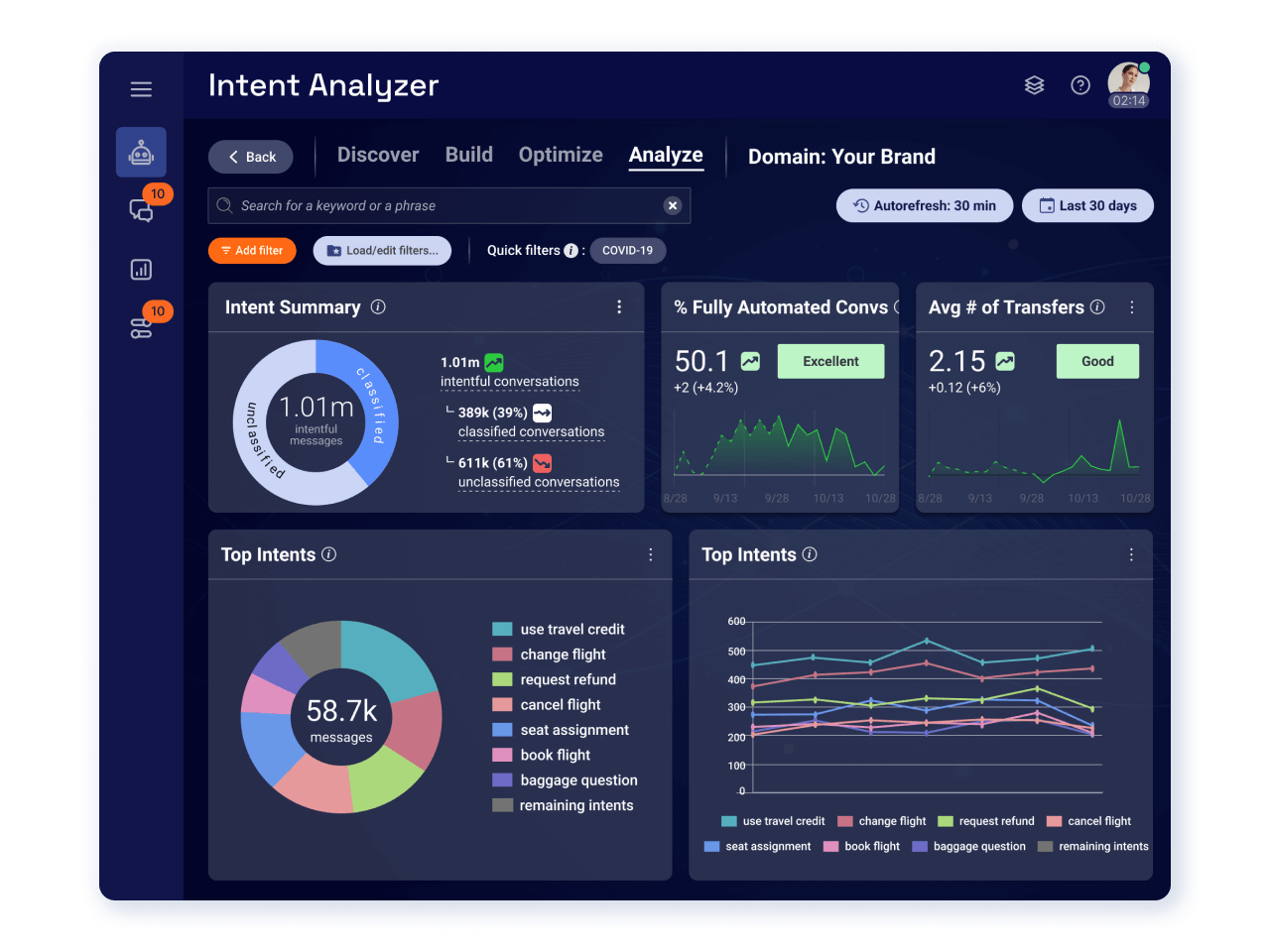
AI-powered intent analyzer interface showing customer conversation classification and automation metrics liveperson
The manufacturing sector tells an equally stark story. Industrial robotics powered by AI has eliminated 1.7 million jobs since 2000, with acceleration patterns indicating another 2 million positions will disappear by 2030. These aren’t just repetitive assembly jobs—AI is now handling complex problem-solving, quality control, and even predictive maintenance tasks that required human expertise just years ago.aiprm
The Mathematics of Displacement
The numbers form a relentless progression that defies optimistic projections. From January to June 2025, 77,999 tech workers lost their jobs directly to AI—not layoffs disguised as “restructuring,” but explicit replacements by artificial intelligence systems. This translates to 491 people daily discovering their cognitive labor has been digitized and automated.tech
Wall Street provides the clearest window into this acceleration. Major financial institutions including JPMorgan, Goldman Sachs, and Citigroup have budgeted 200,000 job cuts over the next five years, with AI tools already handling legal document processing that previously required 360,000 hours of lawyer time annually. Deutsche Bank’s chief strategy officer stated bluntly: “The easy idea is you just replace juniors with an A.I. tool”.axios+2
The sectors falling first reveal a pattern: customer service (80% automation rate), data entry (95% at risk), administrative roles (7.5 million positions eliminated by 2027), and junior finance positions (200,000 Wall Street cuts planned). These aren’t future projections—these are budget line items in corporate spreadsheets.aiprm+1
Productivity Explosion and Economic Redistribution
The productivity gains from AI adoption have reached unprecedented levels. Industries most exposed to AI are experiencing productivity growth of 27% compared to 9% in AI-resistant sectors—a threefold difference that creates impossible competitive dynamics. Workers with AI skills now command a 56% wage premium over similar roles without AI integration, doubling from 25% just one year ago.mckinsey
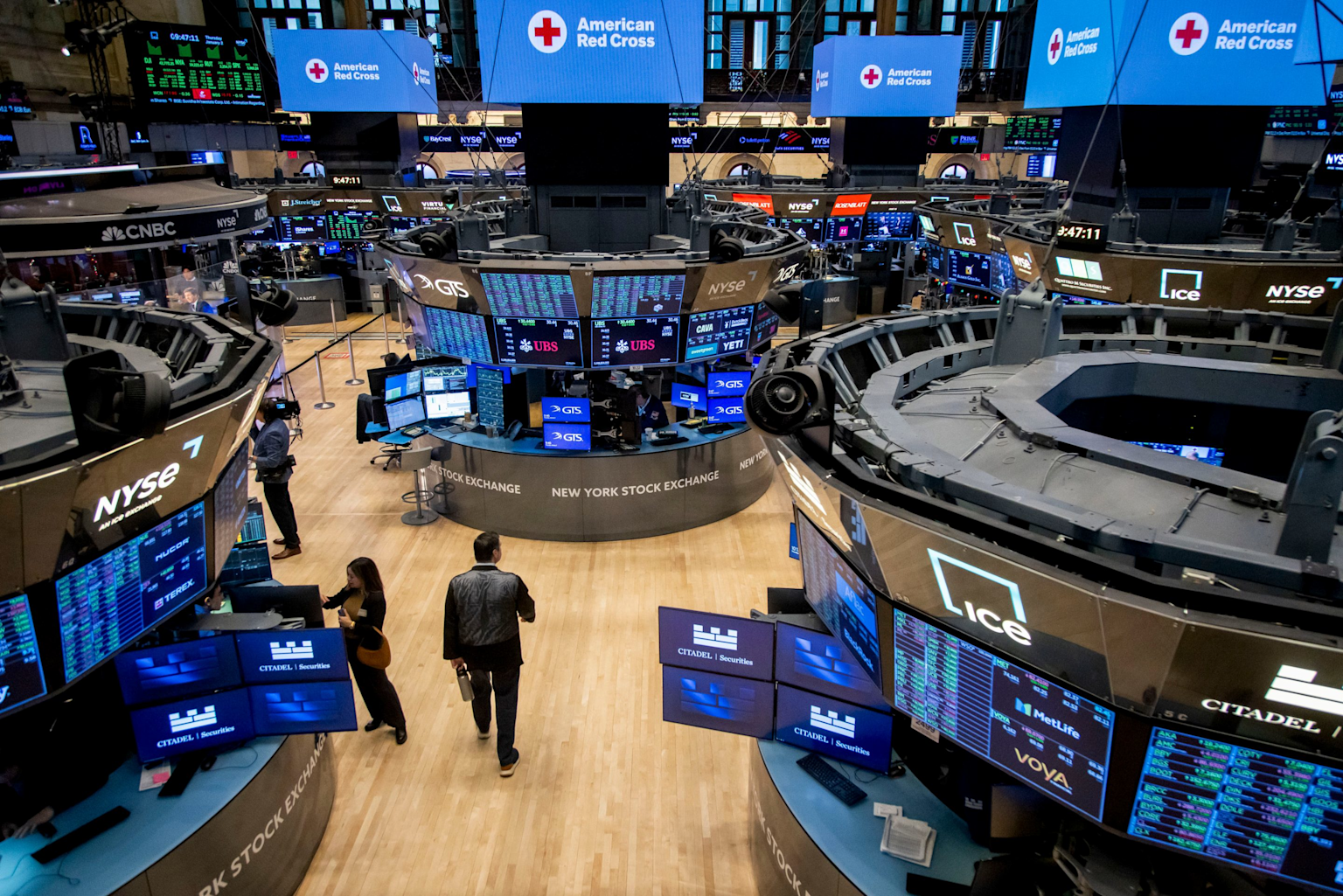
This creates a bifurcated economy where AI-enabled workers become exponentially more valuable while others become economically obsolete. Companies using AI extensively report 15% faster task completion with no quality degradation. The mathematical reality is stark: one person with AI can accomplish what 2.4 people could do in 2025, reaching 2.8 people by 2030.tech+1
The skills demanded by employers are changing 66% faster in AI-exposed occupations, up from 25% last year. This acceleration means that traditional retraining programs, which typically require 18-24 months, cannot keep pace with the rate of obsolescence. Workers find themselves retraining from one automation-susceptible role into another equally vulnerable position.mckinsey+1
The Emergence of Hybrid Intelligence
Yet within this disruption, a new category of work is crystallizing. AI-augmented roles are growing faster than purely automated positions, with workers who successfully integrate AI tools seeing dramatic productivity improvements and wage premiums. The most successful individuals are becoming “AI multipliers”—humans who amplify their capabilities through artificial intelligence rather than competing against it.mckinsey
Office worker interacts with a friendly AI robot assistant, symbolizing personal AI integration in the workplace stock.adobe
Healthcare exemplifies this transformation. While basic administrative tasks face automation, roles requiring emotional intelligence, complex decision-making, and human connection are experiencing 45% projected growth through 2032. Nurses, occupational therapists, and mental health counselors show only 0.35-0.7% automation risk precisely because they require capabilities that AI cannot replicate.papers.ssrn+1
Similarly, skilled trades remain largely AI-resistant due to physical dexterity requirements and problem-solving in unpredictable environments. Electricians, plumbers, and technicians face minimal automation risk while demand projects 11% growth through 2033. The construction industry, despite its technological lag, requires 130,000 additional electricians just for data center construction—infrastructure needed to power the AI systems replacing workers elsewhere.aiprm
The Creative Paradox
Creative industries present the most complex dynamic. While AI can generate text, images, and even video content, it simultaneously democratizes creative production and creates demand for human curation, strategic thinking, and cultural understanding. Design, strategy, and content creation requiring human insight remain protected, though they increasingly require AI fluency as a baseline skill.aiprm
The emergence of roles like “AI prompt engineers,” “human-AI collaboration specialists,” and “AI ethics officers” represents entirely new categories of work that didn’t exist three years ago. These positions require deep understanding of both human cognition and artificial intelligence capabilities—a hybrid expertise that commands premium compensation.weforum
Geographic and Demographic Disruption
The transformation isn’t distributed evenly across geography or demographics. 58.87 million women in the US workforce occupy positions highly exposed to AI automation compared to 48.62 million men, highlighting significant gender disparities in displacement risk. Administrative, customer service, and data entry roles—traditionally female-dominated—face the highest immediate automation rates.papers.ssrn
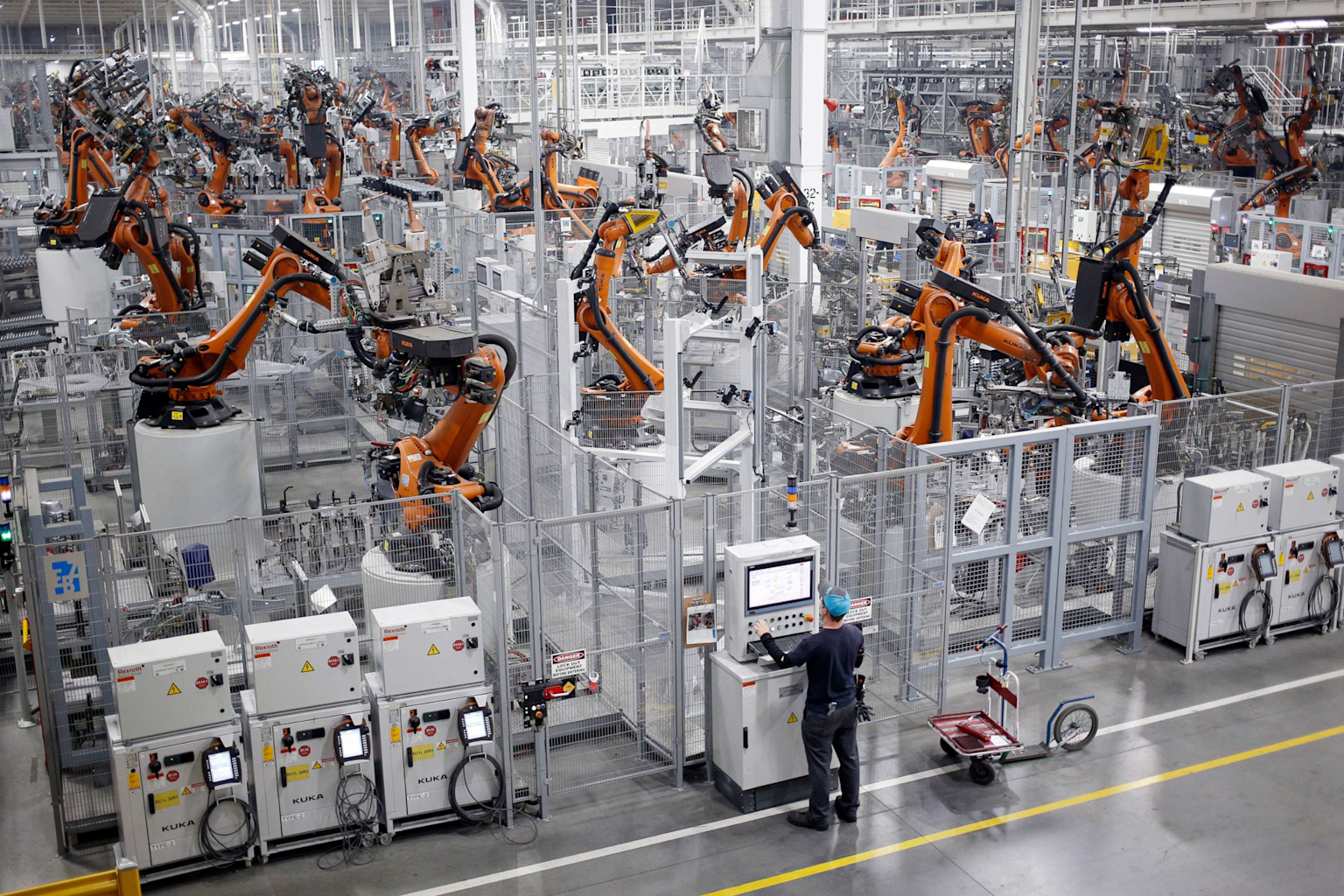
Automated industrial robots operating in a factory with minimal human intervention, illustrating manufacturing job automation trends abcnews.go
North America leads automation adoption at 70% by 2025, while economic impacts include $8 billion in annual business savings from AI chatbots alone. This creates a feedback loop where early adopters gain competitive advantages that force competitors to automate or become uncompetitive, accelerating the pace of change.papers.ssrn
Young workers face particular challenges. Unemployment among 20- to 30-year-olds in tech-exposed occupations has risen by almost 3 percentage points since early 2025, with entry-level positions most vulnerable to AI replacement. LinkedIn’s chief economic opportunity officer notes that AI is “breaking” entry-level jobs that Generation Z seeks, fundamentally altering career progression paths.research.aimultiple+1
The Infrastructure of Transformation
Behind these statistics lies a massive infrastructure buildout. The AI customer service market alone will reach $47.82 billion by 2030, with 95% of customer interactions expected to be AI-powered. This isn’t speculative investment—it’s deployed capital generating measurable returns. Companies report average returns of $3.50 for every $1 invested in AI customer service, with leading organizations achieving up to 8x ROI.nypost+1
The technology enabling this transformation has reached practical maturity. AI systems now retain memory over time, access external data sources, and perform complex multi-step processes independently. These “digital workers” monitor patient vitals in healthcare, analyze resumes in human resources, and resolve customer issues without human intervention. They represent a qualitative leap from simple automation to genuine artificial intelligence.finalroundai
Survival Strategies for Individuals
The research reveals three primary survival strategies for individuals navigating this transformation. First, becoming an AI multiplier rather than an AI competitor—learning to direct artificial intelligence effectively while focusing on uniquely human strengths like emotional intelligence, creative problem-solving, and ethical reasoning.aiprm
Second, securing positions in AI-resistant sectors—healthcare roles requiring human connection, skilled trades demanding physical dexterity, and creative/strategic positions needing cultural understanding and original thinking. These roles show minimal automation risk while experiencing strong growth projections.innopharmaeducation
Third, developing continuous learning capabilities—embracing lifelong education, cross-functional skill development, and AI literacy. The acceleration of skill obsolescence means traditional career paths no longer provide security. Success requires adaptability and the ability to continuously reinvent professional capabilities.weforum
Economic and Social Implications
The broader economic implications extend beyond individual job displacement. 41% of companies globally plan workforce reductions by 2030 due to AI automation. This represents a fundamental restructuring of the labor market where human work becomes increasingly concentrated in areas requiring creativity, empathy, strategic thinking, and complex problem-solving.allwork
The transition creates both opportunities and risks. While 97 million new jobs are projected to emerge by 2025, offsetting 85 million displaced positions, the timeline and skills required for these new roles create significant adjustment challenges. Many new AI-related positions require advanced degrees, creating substantial skills gaps for displaced workers.papers.ssrn
Retraining programs face particular challenges in the AI era. Historical evidence suggests limited effectiveness, with randomized controlled trials showing minimal long-term improvements in employment or earnings for participants. The rapid pace of AI advancement makes it difficult for retraining organizations to identify stable career paths, potentially leading to investment in skills that quickly become obsolete.explodingtopics
The Geopolitical Dimension
The AI transformation is occurring against a backdrop of geopolitical competition. Different regulatory approaches between the US, EU, and China are creating parallel AI ecosystems that may limit global collaboration while intensifying competition for AI superiority. This fragmentation affects both the pace of adoption and the distribution of economic benefits from AI productivity gains.papers.ssrn
Investment patterns reflect this competition. $131.5 billion in AI investments in 2024 with a 44.5% compound annual growth rate projected through 2030 indicate sustained commitment to AI development across major economies. This capital deployment creates momentum that makes reversal unlikely, regardless of social or economic disruption.papers.ssrn
Conclusion: The Inevitable Future
The evidence points toward an inexorable transformation where artificial intelligence reshapes not just how work gets done, but what constitutes work itself. The daily job displacement numbers—491 people per day in August 2025—represent the leading edge of a wave that will reshape virtually every aspect of human economic activity.
This isn’t a distant future requiring preparation—it’s a present reality requiring immediate adaptation. The mathematical progressions are clear: by 2030, 85% of companies will have replaced workers with AI, productivity gains will reach 141%, and entirely new categories of human-AI collaboration will dominate the economy.mckinsey
The survivors won’t be those who resist this transformation, but those who understand its inevitability and position themselves strategically within it. The next five years represent a narrow window for individuals to transition from the obsolescing economy to the emerging one. The data suggests that those who act proactively—embracing AI as a tool while developing uniquely human capabilities—won’t merely survive this transformation. They’ll find themselves among the architects of whatever comes next in the endless dance between human intelligence and the artificial minds we’re teaching to think.
The neural singularity isn’t coming. It’s here. And it’s rewriting the fundamental equations of human work, one algorithm at a time.
